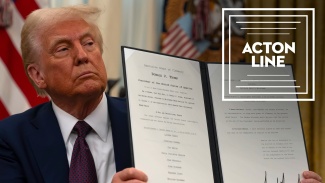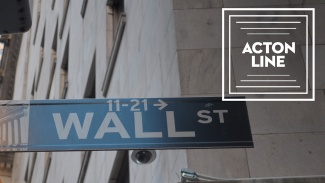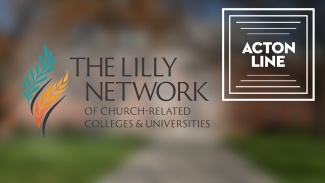
Overview
On November 16, 1993, President Bill Clinton signed the Religious Freedom Restoration Act (RFRA) into law, a bill backed by nearly unanimous bipartisan support. While RFRA has since then protected the religious liberty of American citizens, it has lost many of its original supporters and is now under attack. So why was RFRA signed into law in the first place? Does the bill truly protect religious pluralism? Daniel Mark, a professor of political science at Villanova University, helps answer these questions. On the second segment, Jared Pincin, a professor of economics at The King's College, sheds light on the concern that a recession is around the corner. Unemployment rates are low, but America's trade war with China and growing national debt are causing many to believe that we're headed toward economic disaster. Is there reason to panic?
Check out additional resources for this episode:
3 Reasons the Religious Freedom Restoration Act Should Be Preserved
RFRA Worked the Way It Was Supposed To in Hobby Lobby
The Religious Freedom Restoration Act At 25: How It Fosters Peaceful Pluralism
Financial Markets Signal Concern about U.S. Economic Growth
Bill Maher Doubles Down: Recession Worth It If It Means ‘Getting Rid of Trump’
What is the difference between a recession and a depression?
Do you have feedback for the Acton Line podcast team? We want to hear from you! Email us at [email protected]. If you like Acton Line, don't forget to leave a rating and review on iTunes!















